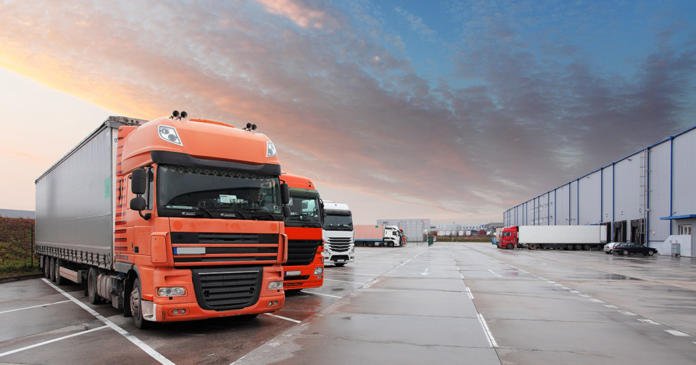By Gavin Kelly – Chief Executive Officer: The Road Freight Association:
The cost of diesel for transporters has increased by R1,42 for 500ppm and R1,43 for 50ppm. That raised the prices to R25,49 and R35,75 respectively.
The price of both grades of petrol – 93 and 95 – increased by 51 cents per litre.
The Central Energy Fund (CEF) attributed the price hikes to rising international fuel prices and the weakened Rand.
What does this mean? Well, to put it in perspective, diesel cost R12,15 and R21,78 in January 2022. Diesel has doubled (increased by 100%) since December 2021.
Road freight transporters use – in the main – diesel as the energy source for their vehicles. They need to increase their pricing to cover the ever-increasing cost of diesel, and there are transporters who will not be able to carry on. This will be driven by the transporters’ need to fund operations (the use of fuel) whilst only being paid months after the work has been done – in some cases up to three months afterwards.
In the meantime, the next load needs to be moved, and so on, and that all needs fuel for the vehicles. There just aren’t limitless reserves of cash to continue the high level of fuel expenditure against the delayed payment for work already done.
In some cases (and we are beginning to see more and more businesses in stress/business rescue), customers/businesses will reduce volumes to be transported or even curtail stock movement – depending on consumer consumption levels. Transporters will feel this impact on their businesses. Many transporters will not be able to muster the guarantees required for purchasing fuel on credit (required as customers take up to 90 days to pay AFTER the transport has been provided) – and the transporter has paid for fuel, paid the driver, covered other costs and still needs to operate a business – whilst others just don’t have any cash to carry themselves for 90 days.
Whether we like it – or not – the continuous increases in the price of diesel inevitably drives the cost of transport and logistics up – step by step – and, with roughly 85% of all goods moved through and around the country having a road leg at some part in the journey, there will be increases to consumers, (you and I) as the cost to transport goods increases.
Fuel breached the 55% mark in daily operating costs during the third quarter of the year, and now as we head into the final month of 2022, are already hovering around 60%. That’s a cost to company (any company or business that requires goods to be transported to manufacturing/processing/packaging/staging/distribution or retail operations) that cannot be borne by the company.
That cost will – in most cases – be borne by the consumer. You and I will pay more for – well – everything. From food to fuel, from clothing to electronic goods and everything in between. Prices will rise – some immediately, but more so a domino effect will ensue, the next in a long line of such domino effects that we have seen too often in the last few months.
Transport costs will rise. There is no alternative for transporters – and those that cannot afford to carry loads at the rates or prices customers are prepared to pay, will simply close down.
More business closures, more unemployment, less business and revenue driven through the transport sub-sector industries, and of course, higher prices at the till.
As we have experienced, the Reserve Bank has aggressively increased the Repo Rate in an attempt to restrict the inflation monster, and signs are pointing to another stiff repo rate increase in November (at least 50 basis points – if not another 75 basis points). That, together with transportation costs for goods and services, will grip the consumer in a tightest financial squeeze just before the festive season – where traditionally many retailers have generated income to carry them through the financial year.
This will not be a bountiful as it has been in the past, and there are many consumers who will “stay at home” and cut the “lavish spending” associated with the Festive Season.
